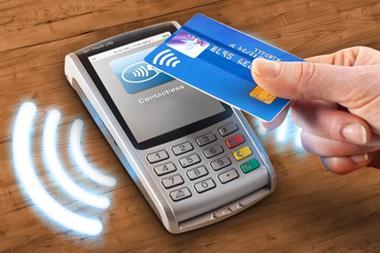Almost four in every five pounds spent through British retailers is now made through debit and credit cards, new figures released to mark a decade since the move to Chip and Pin reveal.
In 2006, when the switch-over happened, 55% of spending at retailers was made on payment cards, compared to just under 80% now, according to the UK Cards Association.
Since it was introduced, there has been a reduction in fraud on counterfeit card and in high street fraud, with annual counterfeit card fraud losses down £81.9m between 2004 and 2014.
The technology has since been developed to offer contactless payments, with more than £1bn spent on contactless cards in November 2015 and contactless now used for one in 10 purchases.
Looking to the future, Chip and Pin will continue to facilitate shifts in payment methods, with mobile tills and portable terminals becoming increasingly common-place in stores, the UK Cards Association said.
“Retailers must ensure they can provide goods in the ways their customers want them. For traditional retailers with bricks and mortar shops, this will bring changes to the payment set-up, with the focus on portable terminals so customers can use their cards to pay anywhere on the shop floor, rather than only at the till,” it added.
Innovative retailers such as Kentish Spar retailer David Charman and David Worlsfold of Farrants in Cobham, Surrey, are already embracing mobile tills as a way of speeding up service at peak times, with many more expected to in 2016 and beyond.
Forecasts suggest the amount spent on debit and credit cards could reach £901bn in 2024.
















No comments yet